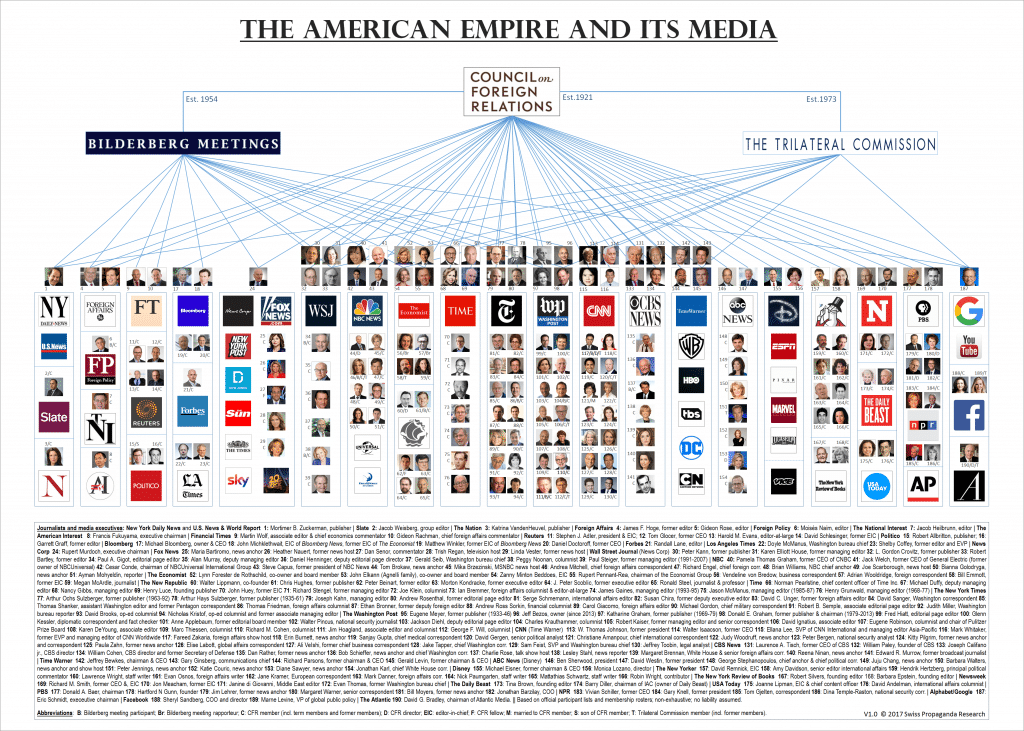 As allegedly independent agents within the consensus reality, one of the things each of us has to do in our lives is to discover, as far as possible, the grounds for believing what we are asked to believe. Theories of human nature are inherently controversial because they are socially constructed. This includes allegedly scientific theories of human nature. Whenever you see something presented under the rubric of human nature: science, technology, and life - question it ruthlessly.
As allegedly independent agents within the consensus reality, one of the things each of us has to do in our lives is to discover, as far as possible, the grounds for believing what we are asked to believe. Theories of human nature are inherently controversial because they are socially constructed. This includes allegedly scientific theories of human nature. Whenever you see something presented under the rubric of human nature: science, technology, and life - question it ruthlessly.  What brings me back to this topic is William Saletan's pathetic mea culpa published in yesterday's Slate.
What brings me back to this topic is William Saletan's pathetic mea culpa published in yesterday's Slate. Many of you have criticized parts of the genetic argument as I related them. Others have pointed to alternative theories I truncated or left out. But the thing that has upset me most concerns a co-author of one of the articles I cited. In researching this subject, I focused on published data and relied on peer review and rebuttals to expose any relevant issue. As a result, I missed something I could have picked up from a simple glance at Wikipedia.Oh Hells to the Gnaw - Saletan categorically must not be given a pass for his "dog ate my homework excuse" of sloppy fact checking! This was not merely an instance of sloppy fact checking, rather, it was a demonstration of the willful deceit which would have people to believe that research into the genetic determination of IQ is value-free, morally and ethically neutral, scientific research for the common good. What an audacious and ahistorical crock of conservative nonsense. Such nonsense trading on the collective amnesia and historical ignorance of the public demonstrates the free and easy interlocks between conservative and racist politics and serves as a tour de force illustration of the extent to which the latter ideology perniciously infects and pervades the political and scientific expressions of the former. Only a month earlier, writing in defense of James Watson, Saletan drew the following conclusion;For the past five years, J. Philippe Rushton has been president of the Pioneer Fund, an organization dedicated to "the scientific study of heredity and human differences." During this time, the fund has awarded at least $70,000 to the New Century Foundation. To get a flavor of what New Century stands for, check out its publications on crime ("Everyone knows that blacks are dangerous") and heresyAmerican Renaissance, which preaches segregation. Rushton routinely speaks at its conferences. ("Unless whites shake off the teachings of racial orthodoxy they will cease to be a distinct people"). New Century publishes a magazine called
I was negligent in failing to research and report this. I'm sorry. I owe you better than that.
Well, if he wants to paper over his bruised ego, that's his business. But racism, genetics, culture, black America, and the future of Africa are too important to be papered over.It's clear from Watson's revisionism, reticence, and retirement that he wants to make his hypothesis go away. But wanting it isn't enough. That's not science. It's politics.





